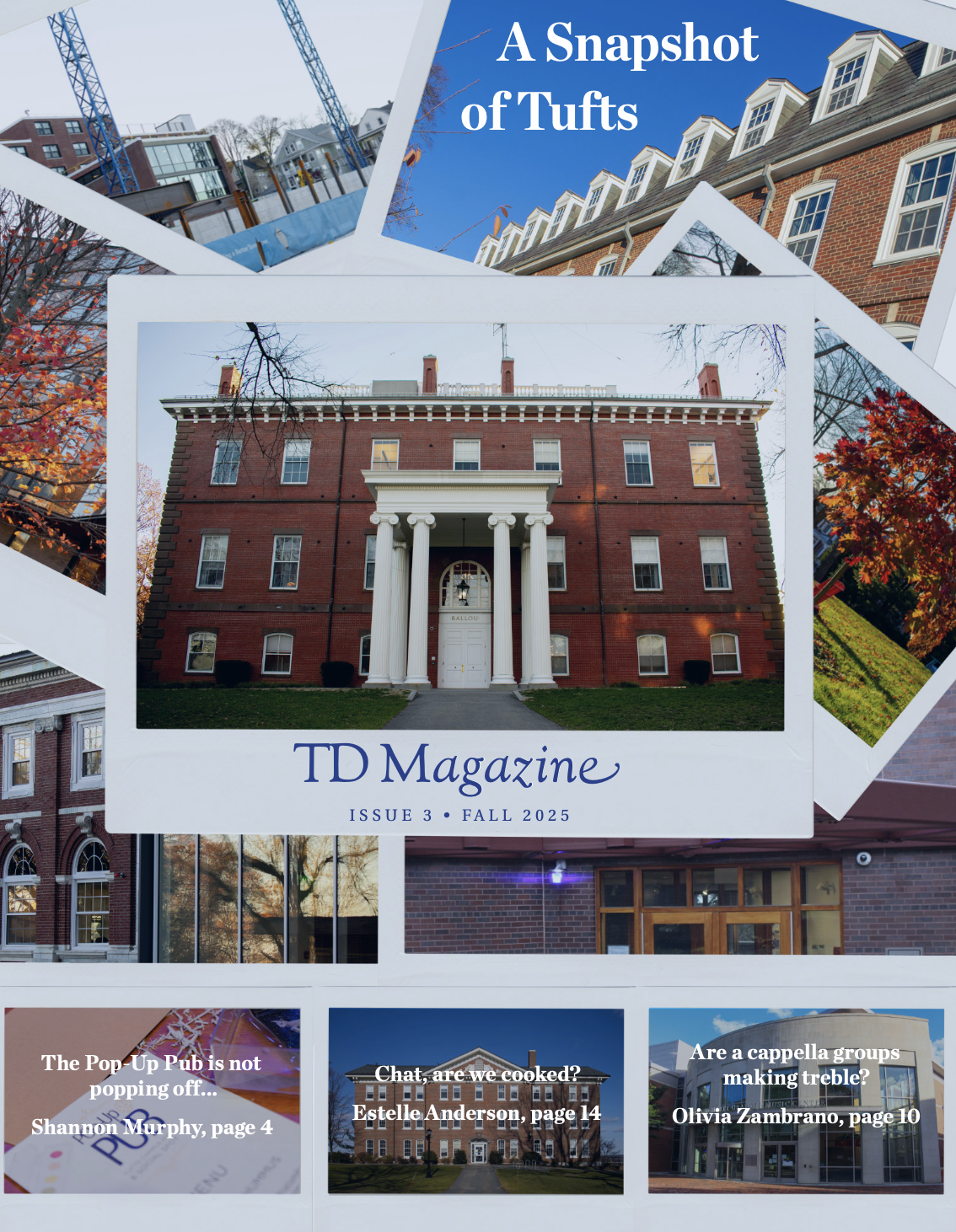Two years ago, Johns Hopkins University announced that they had quietly phased out legacy preferences in admissions decisions, beginning in 2014. Their logic was simple: Legacy preferences, admission advantages given to families of alumni, were limiting their ability to admit talented students from diverse backgrounds. Since then, news outlets have denounced legacy admissions, activists have mounted aggressive campaigns and states have passed legislation discouraging or prohibiting their use. Despite these efforts, many universities, including Tufts, have been loath to end such policies. Their principal reasoning for upholding the status quo stems from their conviction that legacy admissions result in increased donations from alumni.
Over the past year, this conviction has become significantly more tenuous. Across the United States, elite universities reported record returns on their endowments — the invested assets that generate income separate from donations, tuition and grants. In 2021, Tufts returned 38.7% on its endowment, while Harvard returned 33.6%. Together, the Ivy League's endowment is valued at $192.6 billion, with Harvard contributing $53.2 billion. To put this in perspective, Harvard’s endowment is larger than the GDP of 123 individual countries.
The fact that university endowments ballooned to the extent they have has important implications. Foremost, donations to universities will be of less importance as endowments continue to soar and cover more operating costs. This applies not only to the Ivy League but also to conferences such as the NESCAC, which feature many of the nation’s universities with some of the highest endowment-to-student ratio. With such wealth, institutions can continue to thrive even if donations decrease. Moreover, institutions that have amassed such wealth — to no small extent from the tax-free nature of a university endowment — have a moral obligation to prioritize a more egalitarian admissions process, even if it impacts their bottom line.
Furthermore, reports indicate that universities’ concerns over losses in their forecasted income as a result of ending legacy admissions may not be warranted. Numerous examples point to a lack of relationship between legacy admissions and donations; one statistical analysis published in 2010 from the University of Michigan noted that legacy preferences do not positively impact university fundraising. Another analysis, published in the same year, found that legacy preference policies failed to result in significantly higher alumni giving. Real world case studies point toward similar results. For example, between the years 2009 and 2019 Johns Hopkins tripled theirendowment while reducing their legacy admits by 75%. Similarly, from 1980 to 2010 Yale reduced its legacy students by almost half, while total alumni giving increased.
Eliminating legacy admissions is important because such preferences are inherently anti-meritocratic. Legacy students are not given an admissions advantage because of exceptionalism but rather because they have a familial connection to the university. In contrast, other preferences, such as affirmative action based on gender or ethnicity, which exist outside ability or performance are still rooted in the belief of diversity as an integral part of higher education. Additionally, these other preferences serve to offset historical and societal disadvantages faced by marginalized students, a demographic which does not include students whose parents attended prestigious schools. The matriculation of legacy students is problematic because they are more likely to be white and wealthy. The result is displacement of students of color, immigrants and first generation students who are less likely to benefit from these policies. Statistics from Johns Hopkins show that over the course of the decade in which it eliminated legacy admissions, Pell-elligible students rose from 9% to 19% and students from minority backgrounds rose 10 percentage points, while legacy students fell 9%.
While many believe that eliminating legacy admissions is long overdue, admissions reform shouldn’t just stop there. Universities should take their cue from Washington University at St. Louis, which allocated an additional $1 billion to financial aid and stated that they would adopt need-blind admissions while meeting 100% of their undergraduate applicants’ financial need. Institutions would also be right to reexamine the impact of athletics on college admissions, which at elite colleges favor the matriculation of affluent white students. There is no better time for such reforms as today. Battling through a pandemic for nearly two years has only exacerbated socioeconomic and racial disparities. Recent evidence has shown greater cancellation of school programming, mortality rates and disaster vulnerability among non-whites. As key drivers of social mobility, universities need to do more to meet expectations.





